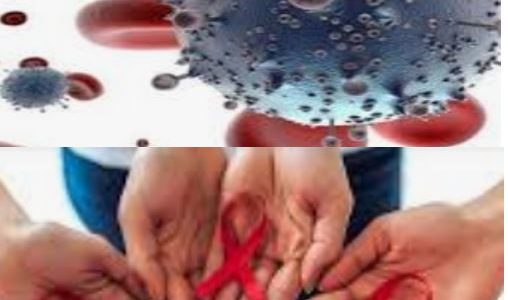
312-HIV/AIDS Treatment HIV and AIDS : How to Get Rid of HIV and AIDS
Treatment HIV and AIDS: How to Get Rid of HIV and AIDS. It is true that there is no cure for HIV and aids. However, there are many effective medical treatments or natural treatments that enable most people with the virus to live a long healthy life
Click to join us to know more about Treatment HIV and AIDS: How to Get Rid of HIV and AIDS
Review and edited by Oluwaferanmi DJIMA on 05/04/22
Associated question
Treatment HIV and AIDS: How to Get Rid of HIV and AIDS
Emergency HIV drugs: Treatment of HIV and AIDS
You should be able to get PEP from:
- sexual health clinics or genitourinary medicine (GUM) clinics
- hospitals usually have accident and emergency (A&E) departments
If you already have HIV, try your HIV clinic if the PEP is for someone you’ve had sex with.
Click to join us to get treatment for HIV and AIDS: How to Get Rid of HIV and SIDA
If you test positive: Treatment HIV and AIDS
If you’re diagnosed with HIV, you’ll have regular blood tests to monitor the progress of the HIV infection before starting treatment.
2 important blood tests are:
- HIV viral load test: a blood test that monitors the amount of HIV virus in your blood
- CD4 lymphocyte cell count: which measures how HIV has affected your immune system
Treatment can be started at any point following your diagnosis, depending on your circumstances and in consultation with your HIV doctor.
Know more about AIDS and tuberculosis
Click to join us to know How to Get Rid of HIV and AIDS
Antiretroviral drugs: Treatment HIV and AIDS
HIV is treated with antiretroviral medicines, which work by stopping the virus from replicating in the body. This allows the immune system to repair itself and prevent further damage.
A combination of HIV drugs is used because HIV can quickly adapt and become resistant.
Some HIV treatments have been combined into a single pill, known as a fixed-dose combination, although these often cost more to prescribe.
Usually, people who have just been diagnosed with HIV take between 1 and 4 pills a day.
Different combinations of HIV medicines work for different people, so the medicine you take will be individual to you.
The amount of HIV virus in your blood (viral load) is measured to see how well treatment is working. Once it can no longer be measured it’s known as undetectable. Most people take daily HIV treatment to reach an undetectable viral load within 6 months of starting treatment.
Many of the medicines used to treat HIV can interact with other medicines prescribed by your GP or buy over the counter.
HIV and diet
There’s no specific eating plan for people with HIV, but an overall healthy diet can help your health a lot.
The virus weakens your immune system. Because your system uses nutrients to keep up its defences against germs, eating well can help you fight off infections. It can also boost your energy, keep you strong, help you avoid health complications, and ease issues brought on by HIV and its treatments.
Follow these simple tips for a balanced diet
1. Eat plenty of fruits and vegetables. They’re high in nutrients called antioxidants, which protect your immune system. Aim to have five to nine servings of produce each day. An easy way to meet that goal is to fill half of your plate with fruits and veggies at each meal. Eat a lot of different products to get the most vitamins and minerals.
You may need to eat more protein if you’re underweight or in a later stage of HIV. Your doctor can help you figure out the right amount for you.
3. Choose whole grains. Like gas in a car, carbs give your body energy.
That makes whole-grain carbs, like brown rice and whole wheat bread, high-end fuel.
They’re packed with energy-boosting B vitamins and fibre. And when you eat plenty of fibre, that can lower your chances of getting fat deposits called lipodystrophy, a potential side effect of HIV.
Review and edited by Oluwaferanmi DJIMA on 05/04/22
Discover natural herbal to reduce HIV viral load:
017-HIV AIDS: Definition Manifestation Symptoms and Treatment
